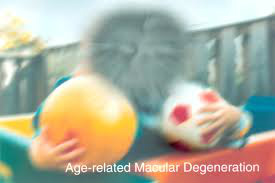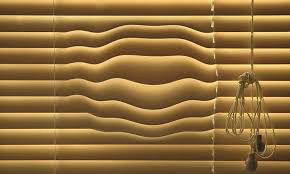Common Eye Conditions
Macular Degeneration (AMD)
Age-Related Macular Degeneration - What You Need to Know
Age-related macular degeneration is a leading cause of vision loss and ‘blindness’ in the world today and is referred to as ’AMD’ or ‘ARMD’. It is a continuously growing problem affecting people over aged 65. AMD is the deterioration of the macula situated in the centre of the retina providing visual and color acuity enabling one to read, write or drive.
Macular degeneration comes in two forms:
Dry (Non-Neovascular) Macular Degeneration
This is the early phase and is more widespread occurring in about 90% of affected patients. It is characterized by yellowish spots called drusen, which are deposits of lipoproteins depositing in and around the macula area.
Wet (Neovascular) Macular Degeneration
When the retina suffers from macular degeneration, the body can produce a new blood vessel system in a vain attempt to distribute nutrients and oxygen to the tissue. These fragile vessels leak easily causing scarring and sometimes catastrophic bleeding with sudden loss of central vision, know as Wet ARMD. This type of AMD can have a devastating effect on ones vision
Symptoms and Signs of AMD
Loss of vision caused by Dry AMD is usually slow and painless but it can be sudden (Wet AMD) in some cases. At the onset, patients may experience either dim spots in central vision or see images that are unusually hazy or warped.
A retinal exam to measure central vision can help detect early signs of macular degeneration. When distortion or blurriness is detected by an Optometrist, the professional will then refer to a medical ophthalmologist for a fluorescein angiography procedure. This is carried out to investigate the retinal blood vessels near the macula.
The Risk Factors
Aside from age, AMD can be caused by other suspected factors that are
currently being studied such as over-exposure to sun light and high
levels of fat in the diet.
- Genetics
Heredity factor that involves some variant genes types have been found by recent studies to be a factor in AMD development and in its severity.
- Hypertension
High blood pressure and other cardiovascular conditions may influence AMD development.
- Smoking
Smoking or living with a person who smokes roughly doubles the risk of developing AMD
- Drugs
Drugs cause side effects and some of them are found to possibly cause MD.
Some studies state that white people with lighter skin and eye colour are suspected to be at higher risk of developing AMD while those with darker eyes are protected from the sun because of extra pigmentation.
Treating Macular Degeneration
AMD has no absolute cure only treatments to prevent it from worsening and may depend on its stage especially the wet form. Abnormal blood vessel growth may be prevented by FDA-approved medication like Lucentis, Eylea, Macugen and Visudyne along with Photodynamic Therapy (PDT).
Dry AMD form, meanwhile, may benefit from nutritional supplementation so that it does not progress into the wet form. Treatments for macular degeneration are continuously been improved by research laboratories. Low vision devices can aid in the mobility and functions of those whose vision was lost due to the eye condition.
Helpful Nutrients
Eye care professionals believe that some nutrients and their nutritional benefits can help reduce AMD risks, its development and progression. This was supported by 2001 and 2005 research studies of the National Eye Institute through Age-Related Eye Disease Study (AREDS).
- Zinc
- Lutein
- Zeaxanthin
- High levels of antioxidants
- Vitamins A, C and E
- Omega-3 fatty acids (good fats)
- Green, leafy vegetables








